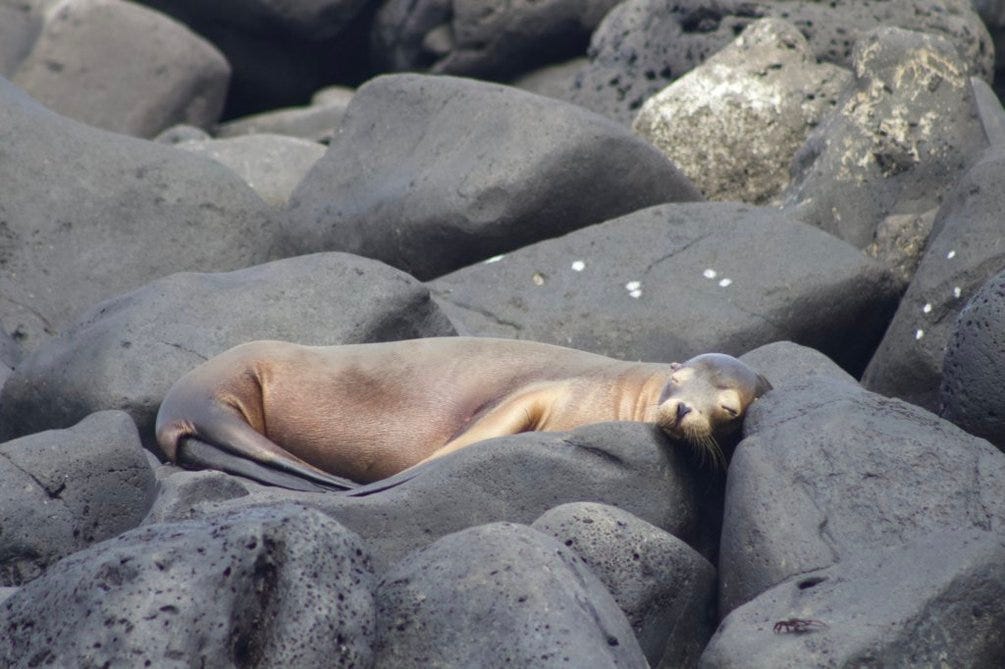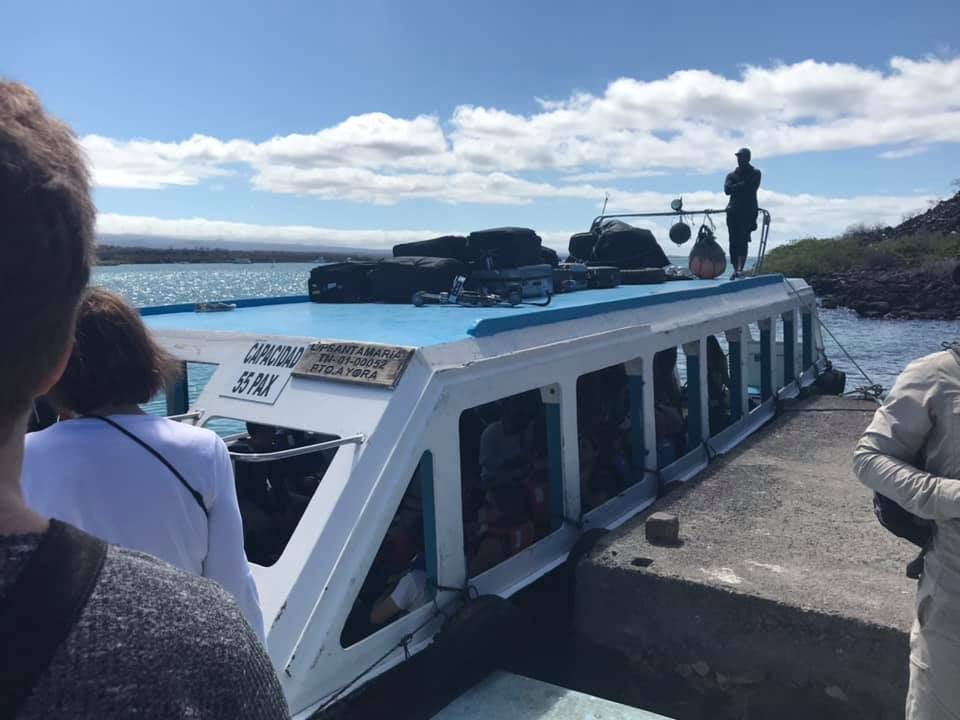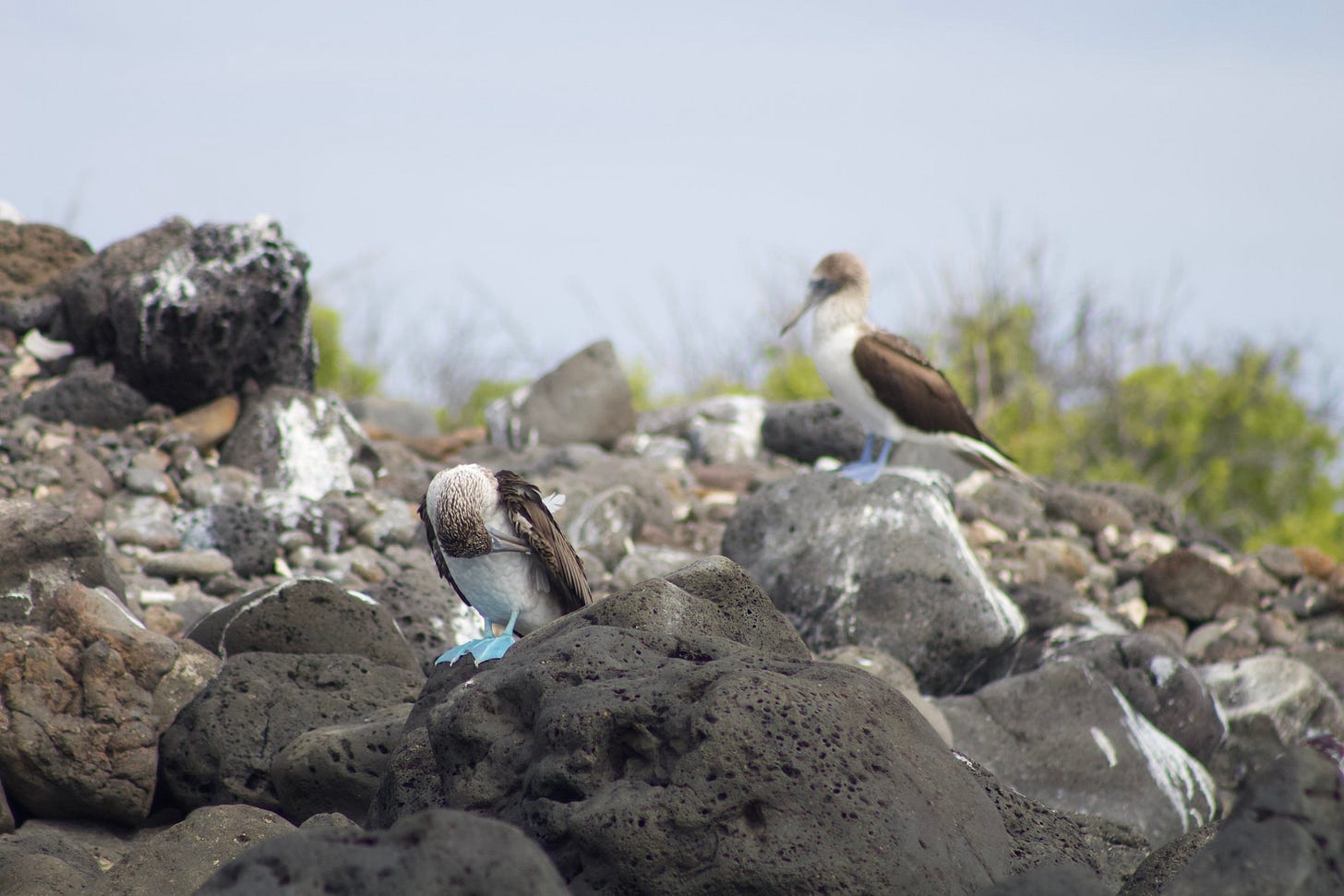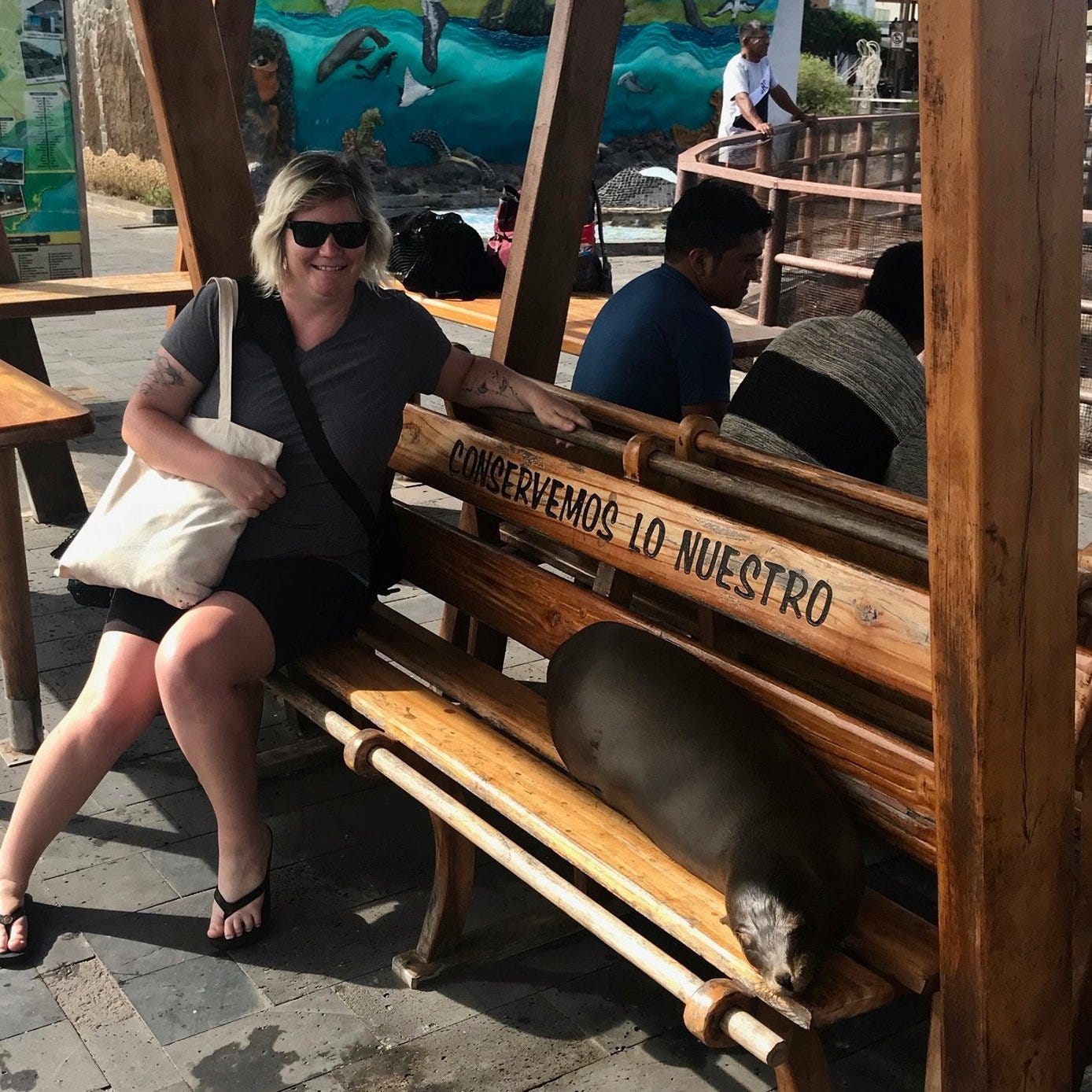Work, Wander, Repeat: A Midlife Nomad’s Guide to the Galápagos Islands
If you’re craving a mix of remote work and real wonder, discover how the Galápagos Islands make space for both, offering awe, focus, and inspiration in one of the world’s most exceptional places.
🧳 Use Midlife Nomads Destination Guides to inspire your next adventure with practical tips and honest insights—so you can work well while travelling better.
The Galápagos Islands aren’t your typical digital nomad destination. You won’t find co-working cafés on every corner, and strong Wi-Fi can be difficult to come by. But what you will find is raw beauty, jaw-dropping biodiversity, and the kind of stillness that reminds you why you wanted a different kind of life in the first place.
This remote volcanic archipelago, located 900 kilometres off the coast of Ecuador, is home to some of the most extraordinary biodiversity on the planet.
It’s where evolution literally walks alongside you, by way of marine iguanas sunning themselves on black lava rock, blue-footed boobies dancing in courtship displays, and ancient tortoises lumbering through misty highlands like living fossils.


There are plenty of Galápagos destination guides out there with the typical info and hotel recommendations. This one is for the midlife nomads: the remote workers, the creative professionals, the sabbatical-takers, the “I finally made space for this” crowd who want to experience the Galápagos but aren’t yet retired or perpetually on vacation.
It’s a place where you can get a few hours of work done early in the morning, then swim alongside white-tipped reef sharks and Galápagos penguins off Isla Bartolomé in the afternoon. Float in a drift current between towering volcanic spires, surrounded by massive rays, graceful sea turtles, and a kaleidoscope of vibrant fish.
On land, we were thoroughly entertained by the boisterous San Cristóbal sea lion colony, who have very few qualms about blocking your path or stealing your beach towel. At the Charles Darwin Research Station in Puerto Ayora, I walked quietly beside giant tortoises—creatures so ancient and deliberate, they make every rushed thought and anxious concern seem ridiculous.

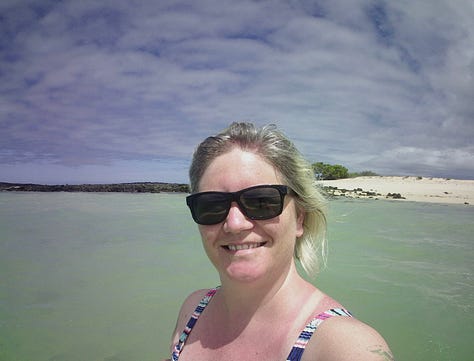
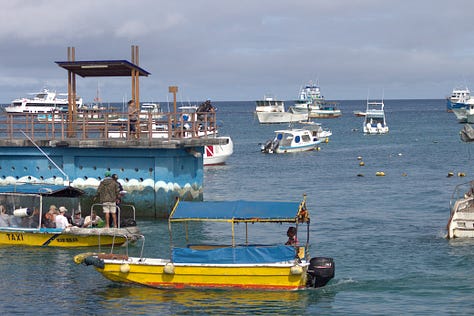
The Galápagos isn’t just about checking off a bucket list. It’s about seeing the world, and yourself, a little differently.
Why Midlife Nomads Choose the Galápagos
Even as a dream trip; Galápagos is a deeply doable destination for midlife nomads balancing work, wanderlust, and intentional living.
When you need to stay connected, islands like Santa Cruz and San Cristóbal offer enough infrastructure to keep you online (most of the time). You can work with a view of volcanic cliffs, grab coffee between calls, and wrap your day with a walk along lava-strewn coastlines where sea lions nap in the sun.
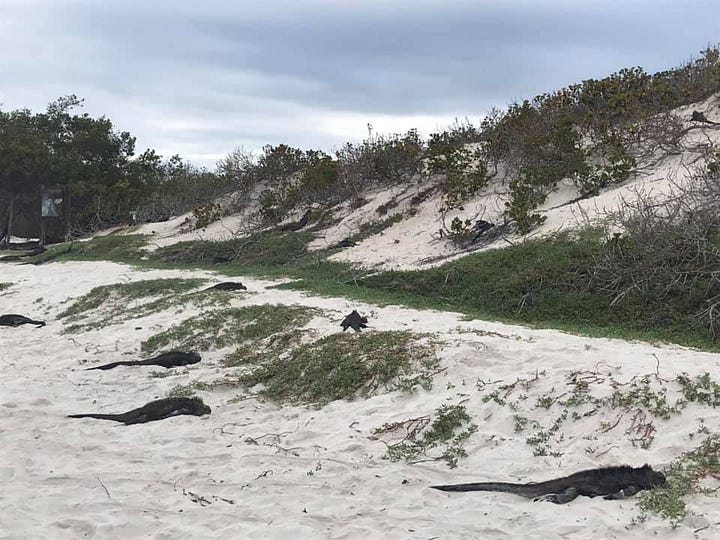

Then, when the weekend hits, prepare to unplug and dive in. Join a snorkel tour at Kicker Rock, hike volcanic trails on Isabela, or explore the craters and highlands of the archipelago’s rugged interior. Here, workdays flow straight into wild days, and even your Zoom breaks can come with blue-footed boobies and iguanas underfoot.
The Galápagos straddles the equator and sits atop a volcanic hotspot that still shapes its landscape today: craters, calderas, and otherworldly terrain carved over millennia. It’s a living lab of evolution, home to thousands of species found nowhere else on Earth. The kind of place that resets your sense of scale and significance.
Discovered in 1535 and dubbed Las Encantadas (“The Enchanted”) for their eerie beauty, the islands have long inspired exploration—from Darwin to curious modern nomads. Since 1959, they’ve been protected as a national park and recognized as a UNESCO World Heritage Site for their unmatched ecological importance.
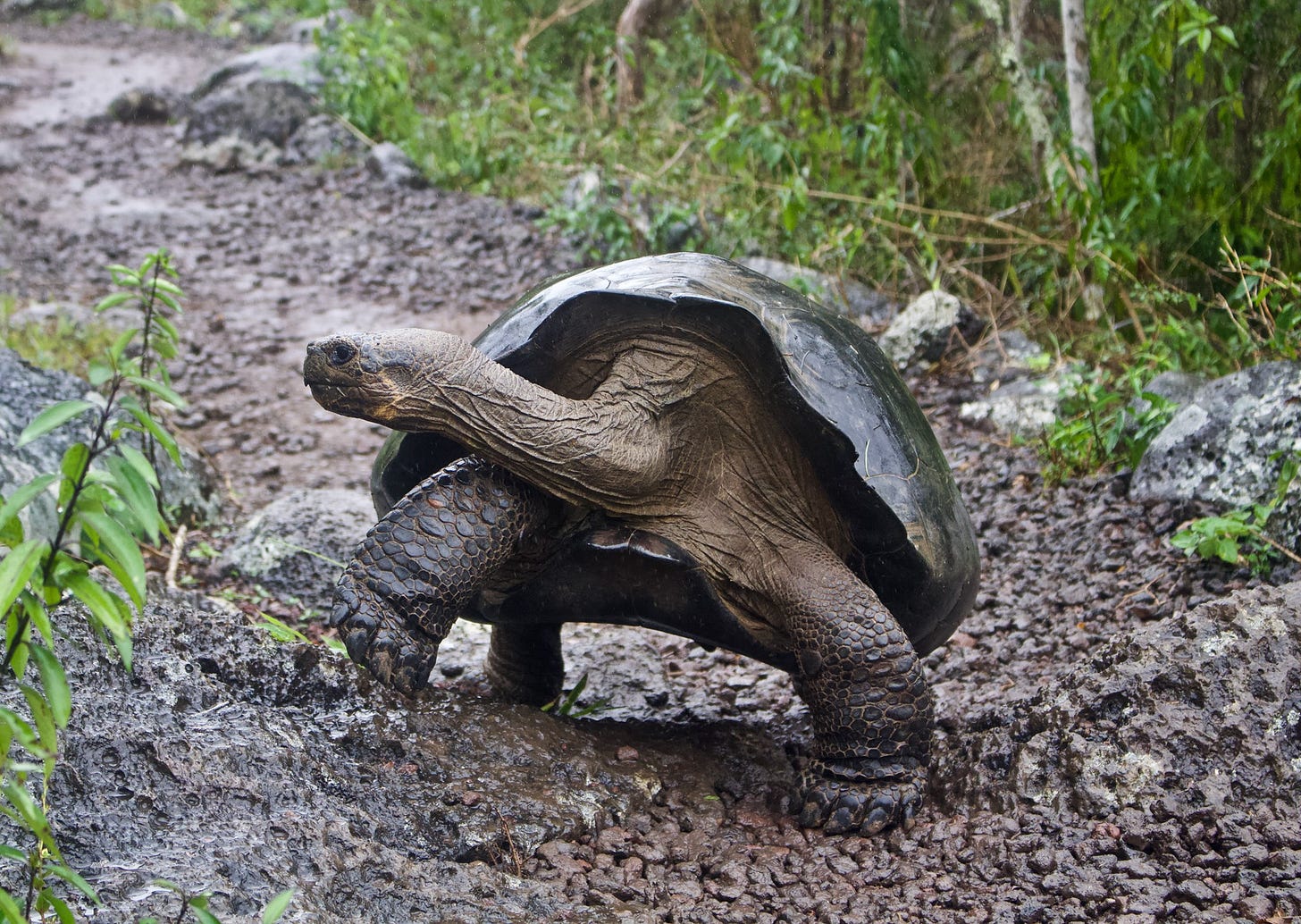
Today, around 33,000 people live here, mostly on the three main islands, welcoming travelers while working hard to preserve this rare ecosystem.
Tourism, which powers 80% of the local economy, has bounced back post-pandemic with record visitor numbers, making it more important than ever to travel responsibly and choose operators that support conservation.
For midlife nomads, the Galápagos offers something few places can:
A place to live and work on your terms, with just enough structure to stay grounded, and just enough wild to make you feel awake again.
Getting Around: Water Taxis Are a Way of Life
Water taxis are key infrastructure here. The archipelago consists of 18 main islands, 3 smaller islands, and over 100 islets and rocks, covering a total land area of about 8,010 square kilometers (3,093 square miles). If you’re hopping between islands (which you absolutely should), prepare to trade in Uber for a small boat.
These ferries and water taxis are how locals and travelers alike get around. It’s a salty, splashy, slightly bumpy way to travel… but that’s part of the magic.
You’ll want to keep a healthy respect for boat schedules, but don’t freak out if you miss one. Flexibility is a virtue here.
Pro tip: Bring motion sickness tablets if you need them, and a dry bag for your suitcase or backpack. We saw one slip into the drink and go for a swim when the guys were loading the boat. 😬
Where to Stay in the Galápagos: Book Smart, Expect Simple
The Galápagos isn’t the place for five-star luxury resorts with swim-up bars and infinity pools. Accommodations here lean toward the rustic, the eco-conscious, and the practical (which, honestly, is part of the charm).

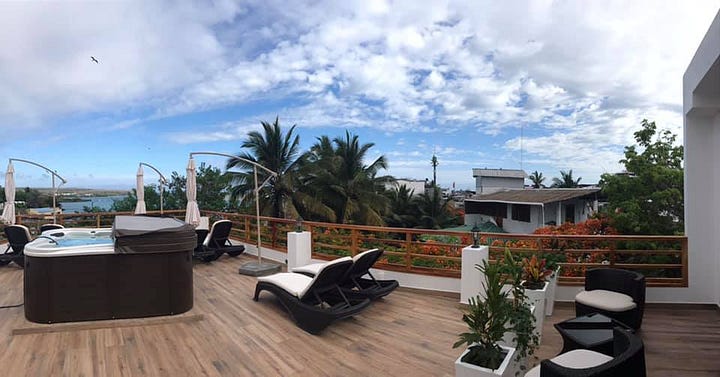
You'll find a mix of locally-run guesthouses, small hotels, and eco-lodges, especially on the main inhabited islands like Santa Cruz, San Cristóbal, and Isabela. Most offer basic comforts like clean rooms, ceiling fans or A/C, and warm hospitality. But don’t expect high-end frills.
That said, you’ll likely spend most of your time outdoors snorkelling, hiking, or maybe watching marine iguanas do pushups. Your lodging becomes more of a landing pad than a destination in itself.
Should You Book in Advance?
Yes. Especially during high season (June–September, and December–January).
Even in shoulder seasons, the more desirable spots can book out quickly, particularly those with solid reviews and eco-certifications. Booking in advance also helps avoid logistical stress once you're on the islands, where last-minute options can be limited and time-consuming to arrange.
If you're traveling with a tour company, your accommodations will likely be handled for you. If you're going it solo, book at least your first few nights before you land, particularly if you're arriving on San Cristóbal or Santa Cruz and planning to hop islands later.
Pro tip: If strong Wi-Fi is a dealbreaker, message the property in advance and ask them to test their speed. Many listings claim to offer internet, but the reality can be very different from the brochure. Which brings us to…
The Wi-Fi Reality Check
Let’s talk connectivity: if your work relies on fast, stable internet, this might not be the place to camp out long-term.
On the main island (Santa Cruz), the internet is passable. You can answer emails, do light admin, and maybe even upload a doc or two. But if your job involves video calls, uploading large files, or design-heavy work, prepare to be frustrated.
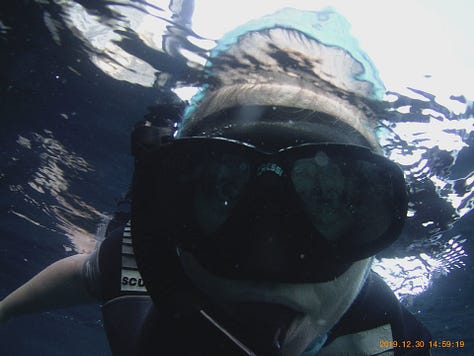
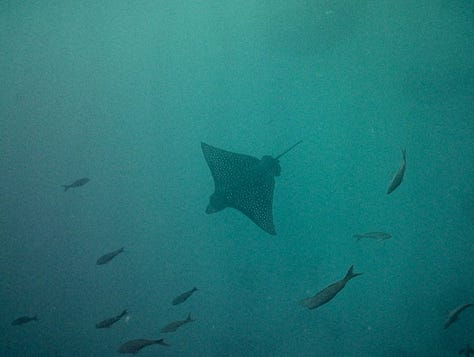
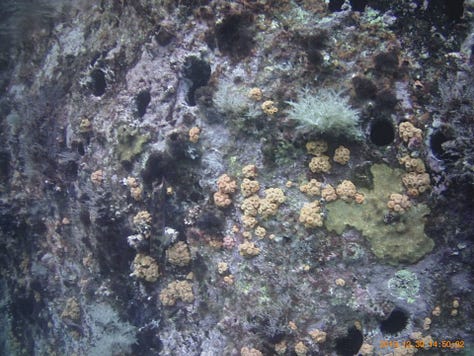
A good mobile backup can save your workday when the hotel wifi gets spotty. Locals and long-term visitors often rely on Claro, the most widely available mobile network in the islands.
You can pick up a prepaid SIM card at shops in Puerto Ayora or San Cristóbal for basic mobile data, or use an Airalo eSIM that roams on the Claro network if your phone supports it. It’s not lightning fast, but it’s often more reliable than hotel Wi-Fi.
For midlife nomads who’ve structured their work to be asynchronous and lightweight, staying connected here is doable. For those needing daily video calls or heavy uploads (or trying to sneak in a remote work trip without the boss finding out), you’ll be safer to consider the Galápagos more “offline retreat” than remote office.
Why I Recommend a Guided Tour (Even If You’re Usually Independent)
This is coming from someone who’s pretty comfortable winging it: I would’ve missed half the experience without a guide. Plus, I like to support local workers and conservation efforts with my foreign dollar when I’m visiting delicate ecosystems deserving of our protection.
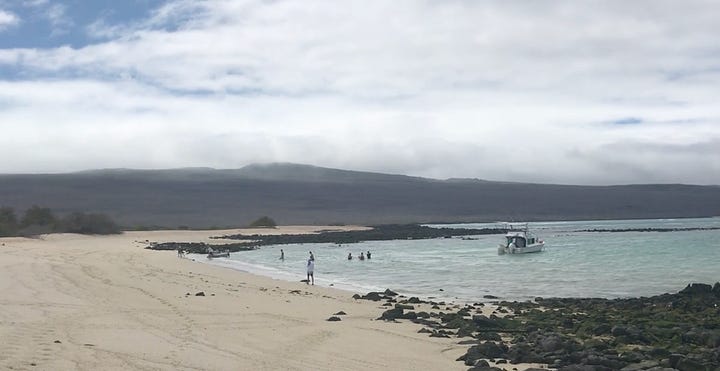
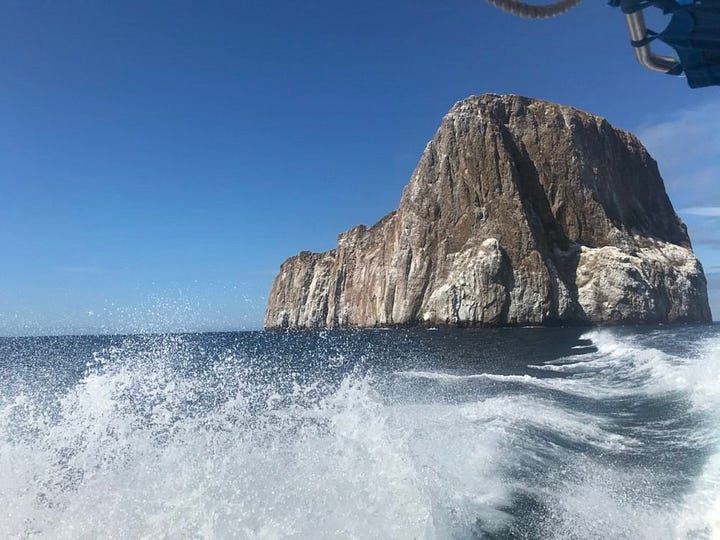
I spent ten days on an organized tour and can say with full confidence—there is no way I could’ve navigated the logistics, natural history, or permitted access without that structure. We snorkelled with sea lions and marine iguanas, stood inside a volcanic caldera, and visited a tortoise sanctuary, all guided by local experts who added depth and meaning to every moment.
Could you stay for a few months and do your own thing? Yes. Especially if you’re craving a longer slow-travel experience.
But for most of us, especially those juggling remote work and not wanting to burn days figuring out boat routes or national park rules, a guided trip is gold.
Final Thoughts
The Galápagos isn’t just a destination. It’s a reminder that the world is still wild and weird and breathtaking. That life doesn’t have to be all hustle and spreadsheets. That there are places where you can wake up, get a bit of work done, and then spend your afternoon swimming with penguins or watching sea lions argue on the pier.
For midlife nomads, the Galápagos offers a rare kind of clarity. You feel it in the silence between waves, in the stare of a 100-year-old tortoise, in the reminder that not everything valuable can be measured in productivity.
Yes, you’ll need to be flexible. Yes, the Wi-Fi will test your patience. And yes, the sea lions might steal your seat on the bench.
But if you’re looking for a place where the structure of work meets the wonder of the natural world, where your to-do list lives right alongside lava flows and Darwin’s legacy, this is it.
Come prepared, but come ready to be changed.
You might also like:




